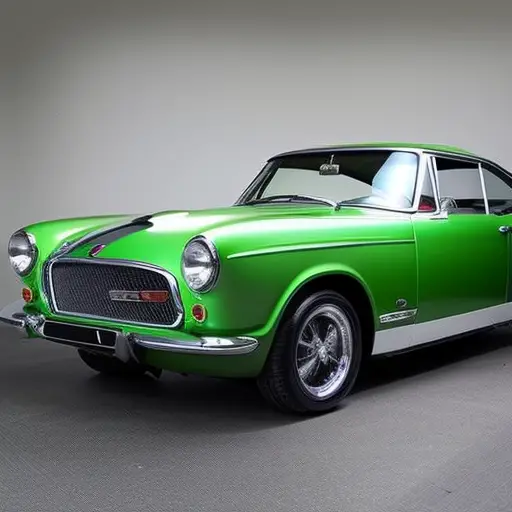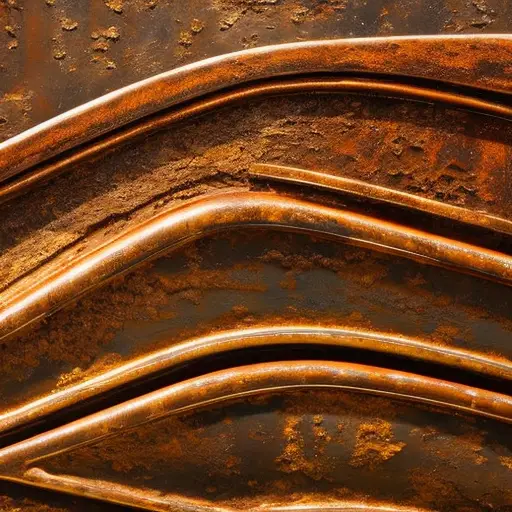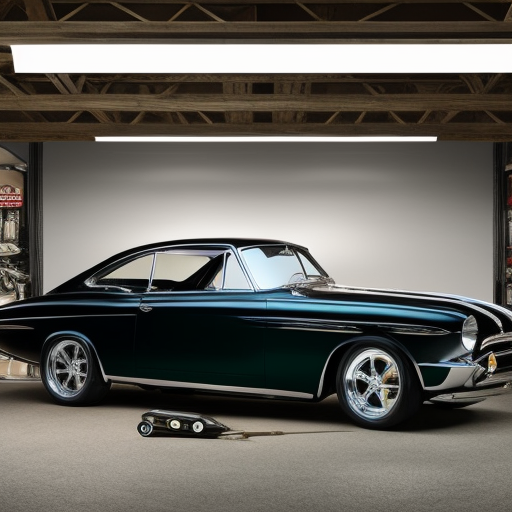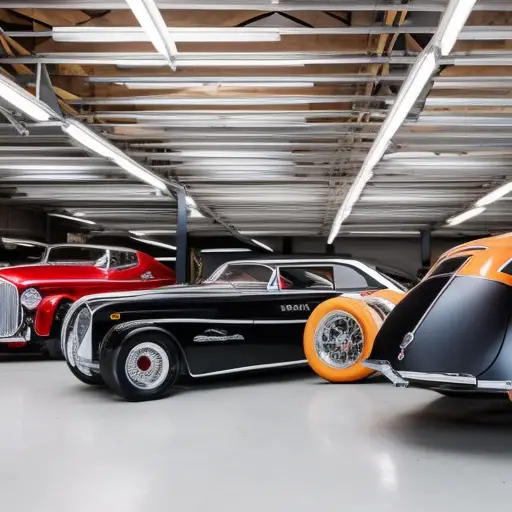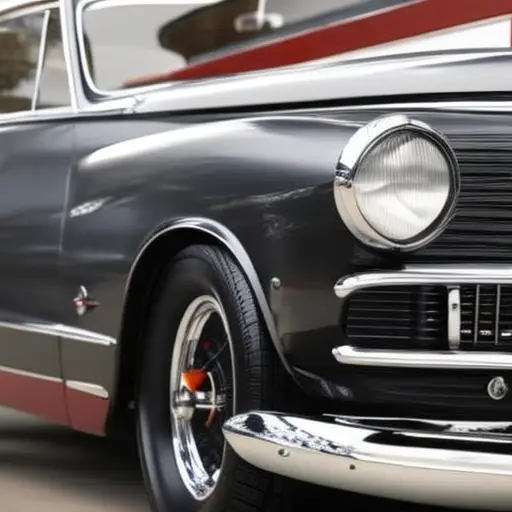Balancing Originality and Modernity in Car Restoration
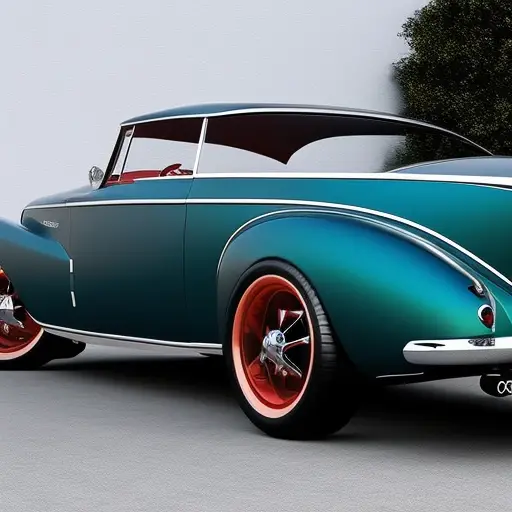
In the world of car restoration, the pursuit of authenticity often intersects with the demand for modern functionality. Balancing these seemingly contradictory elements requires a deft touch and a keen understanding of both the past and present.
As enthusiasts and professionals alike seek to breathe new life into vintage automobiles while honoring their heritage, the challenge lies in harmonizing originality and modernity. This article delves into the art of achieving this delicate balance in the realm of car restoration.
The Importance of Preserving Authenticity
In car restoration, the importance of preserving authenticity lies both in honoring the vehicle’s history and in maintaining its value for collectors and enthusiasts.
Preserving history is fundamental to understanding the context in which the vehicle was originally built, allowing us to appreciate the significance of its design and engineering. When original features are retained, the integrity of the vehicle is upheld, offering a window into the past for future generations.
Authenticity also ensures that the vehicle maintains its value, as collectors and enthusiasts place great importance on the originality of a car. Whether it’s a classic muscle car or a vintage luxury vehicle, maintaining integrity in the restoration process is crucial for preserving the unique characteristics that make each car a piece of automotive history.
Integrating Modern Upgrades
When considering the restoration of classic cars, the integration of modern upgrades is essential for enhancing performance and safety while respecting the vehicle’s historical significance. Technology integration and performance enhancements are crucial aspects of modernizing classic cars. Upgrading the braking system, installing modern suspensions, and enhancing the engine with fuel injection systems are just a few examples of modern upgrades that can significantly improve the vehicle’s performance and safety without compromising its authenticity. These upgrades not only ensure a smoother and more reliable driving experience but also bring classic cars up to modern safety standards, allowing for a more enjoyable and secure driving experience for both the driver and passengers.
Additionally, integrating modern technology into classic cars, such as GPS navigation systems, Bluetooth connectivity, and backup cameras, can elevate their functionality and convenience without detracting from their original charm. However, it is important to carefully select modern upgrades that seamlessly blend with the vehicle’s original design and character, ensuring a harmonious integration of old and new.
Transitioning into the subsequent section about navigating the challenges of restoration, it is important to consider the potential obstacles that may arise when incorporating modern upgrades into classic cars.
Navigating the Challenges of Restoration
Successfully navigating the challenges of restoration requires a strategic approach and a deep understanding of the complexities involved in preserving the originality of classic cars while integrating modern upgrades. One of the key challenges in car restoration is striking a balance between preserving the traditional techniques and incorporating modern elements to enhance performance, safety, and functionality. This necessitates a comprehensive evaluation of the original components and the identification of areas where modernization is both feasible and beneficial.
| Challenges | Traditional Techniques | Strategic Approach |
|---|---|---|
| Cost Management | Embracing craftsmanship | Prioritizing restoration |
| Sourcing Parts | Handcrafted metalworking | Engaging reliable suppliers |
| Authenticity | Artisanal upholstery techniques | Detailed documentation |
Addressing these challenges often involves leveraging traditional techniques to maintain authenticity while employing a strategic approach to overcome obstacles. Moreover, it demands a meticulous cost management strategy, sourcing rare parts using traditional methods, and ensuring the authenticity of the restoration process. By effectively balancing these elements, restoration professionals can successfully navigate the challenges of restoration while preserving the originality of classic cars.
Restoring Vintage Cars for Modern Use
Continuing the discussion from the previous subtopic, the restoration of vintage cars for modern use requires a delicate balance between maintaining historical authenticity and integrating contemporary performance and safety features.
When restoring vintage cars for modern use, several key considerations need to be taken into account:
-
Preserving Vintage Aesthetics: It is essential to retain the original charm and character of the vintage automobile while making necessary updates for modern functionality.
-
Incorporating Custom Modifications: Custom modifications can be integrated to enhance performance, comfort, and safety without compromising the vintage aesthetics.
-
Upgrading Safety Features: Installing modern safety features, such as advanced braking systems, seat belts, and airbags, is crucial to ensure the vehicle meets contemporary safety standards.
-
Enhancing Performance: Upgrading the engine, transmission, and suspension system can significantly improve the vehicle’s performance without overshadowing its vintage appeal.
Achieving a Timeless Yet Functional Result
In achieving a timeless yet functional result in the restoration of vintage cars for modern use, a careful balance between historical authenticity and contemporary performance is imperative. This involves incorporating timeless design elements while making functional modifications to enhance the vehicle’s usability and safety. To illustrate this concept, the table below outlines key considerations for achieving a timeless yet functional result in car restoration.
| Aspect | Consideration | Example |
|---|---|---|
| Timeless Design | Preserve original aesthetics | Retaining classic curves and body lines |
| Use high-quality, period-correct materials | Genuine leather upholstery and wood trim | |
| Functional Modifications | Upgraded suspension and braking systems | Installing modern disc brakes and adjustable coilover suspension |
| Engine enhancements for reliability and power | Upgrading to fuel injection and electronic ignition | |
| Safety improvements | Adding seat belts and modern lighting technology |
Frequently Asked Questions
What Are Some Common Mistakes to Avoid When Restoring a Vintage Car?
When restoring a vintage car, it’s crucial to avoid common pitfalls such as neglecting originality preservation or overdoing modern upgrades. Restoration challenges often arise from underestimating time and costs, or overlooking proper documentation.
How Can I Source Original Parts for My Vintage Car Restoration Project?
When sourcing authentic parts for a vintage car restoration, it is crucial to meticulously research and locate reputable suppliers or salvage yards specializing in vintage car parts. Ensuring the parts are original enhances the restoration process.
What Are Some Considerations for Incorporating Modern Technology Into a Classic Car Without Compromising Its Authenticity?
Incorporating technology into classic car restoration requires thoughtful consideration to preserve authenticity while integrating modern features. It’s essential to maintain the vehicle’s original charm and character, while enhancing its performance and safety.
Are There Any Specific Safety Concerns to Keep in Mind When Restoring a Vintage Car for Modern Use?
When restoring vintage cars for modern use, safety concerns are paramount. Meeting safety regulations while modifying vintage cars poses restoration challenges. Balancing originality with modern modifications to improve vehicle performance requires careful consideration and expertise.
What Are Some Tips for Finding a Balance Between Preserving the Original Design of a Vintage Car and Making It Functional for Modern Use?
When considering vintage car restoration, preserving authenticity while integrating modern functionality is crucial. Striking a balance between vintage aesthetics and modern performance involves careful selection of components, custom modifications, and a keen eye for detail.
Conclusion
In conclusion, the timeless adage ‘honor the past while embracing the future’ encapsulates the delicate balance of originality and modernity in car restoration.
Preserving authenticity while integrating modern upgrades is a challenging yet rewarding endeavor, ultimately resulting in the preservation of vintage cars for modern use.
By navigating the challenges of restoration, enthusiasts can achieve a timeless yet functional result that honors the history of these classic vehicles while making them relevant for contemporary use.

